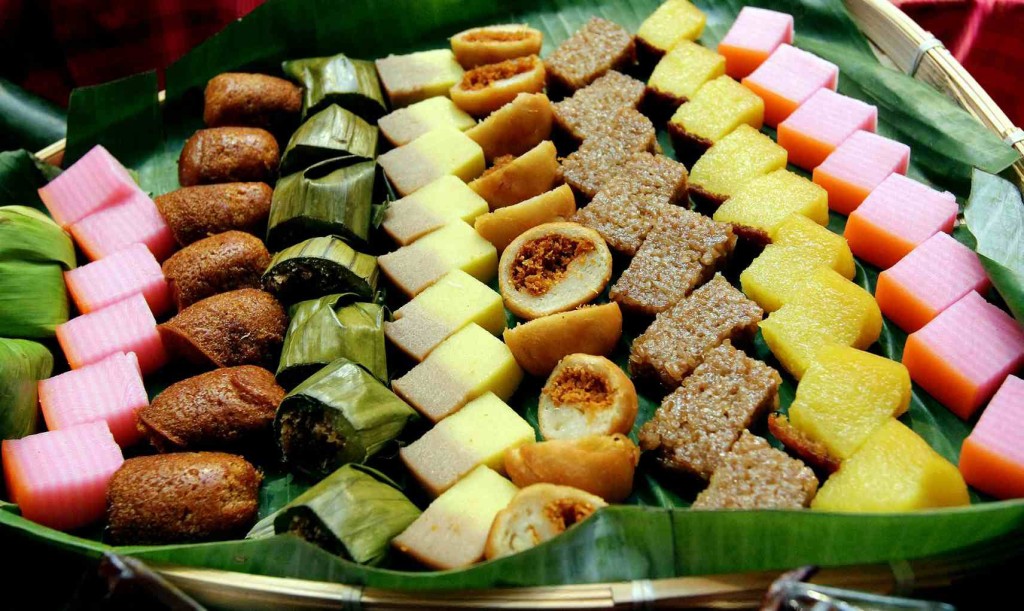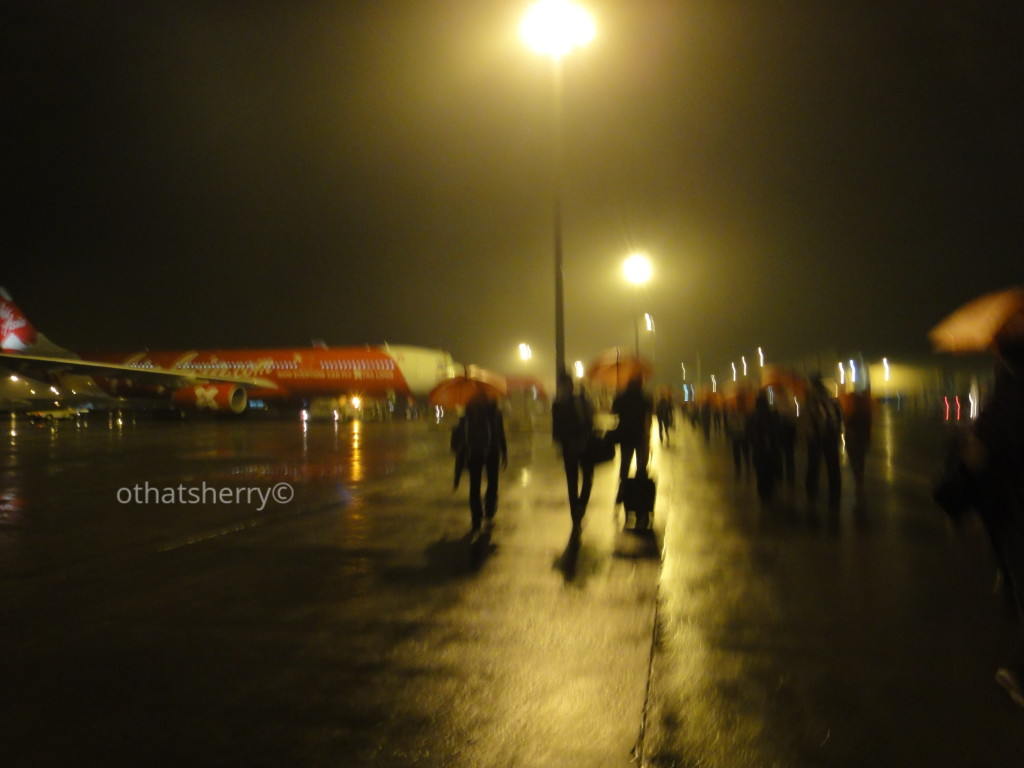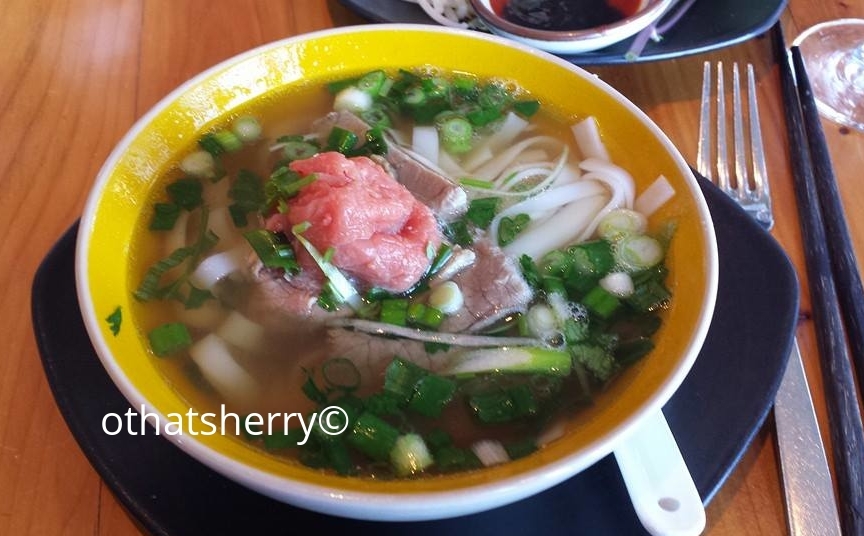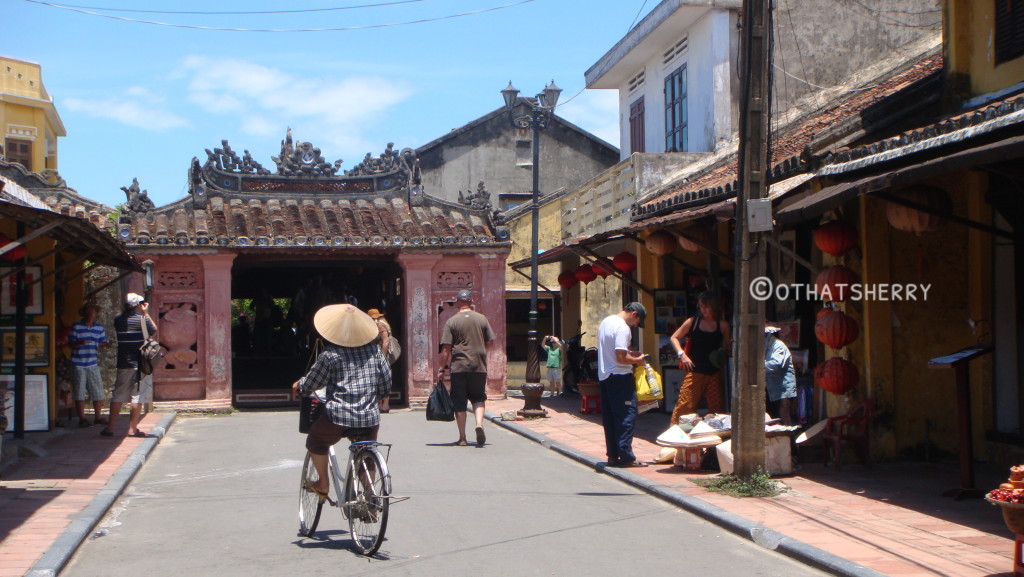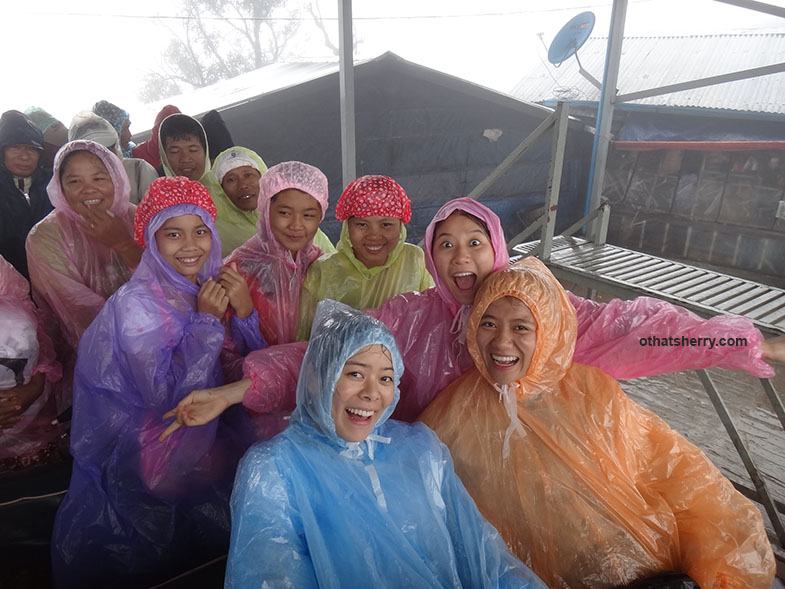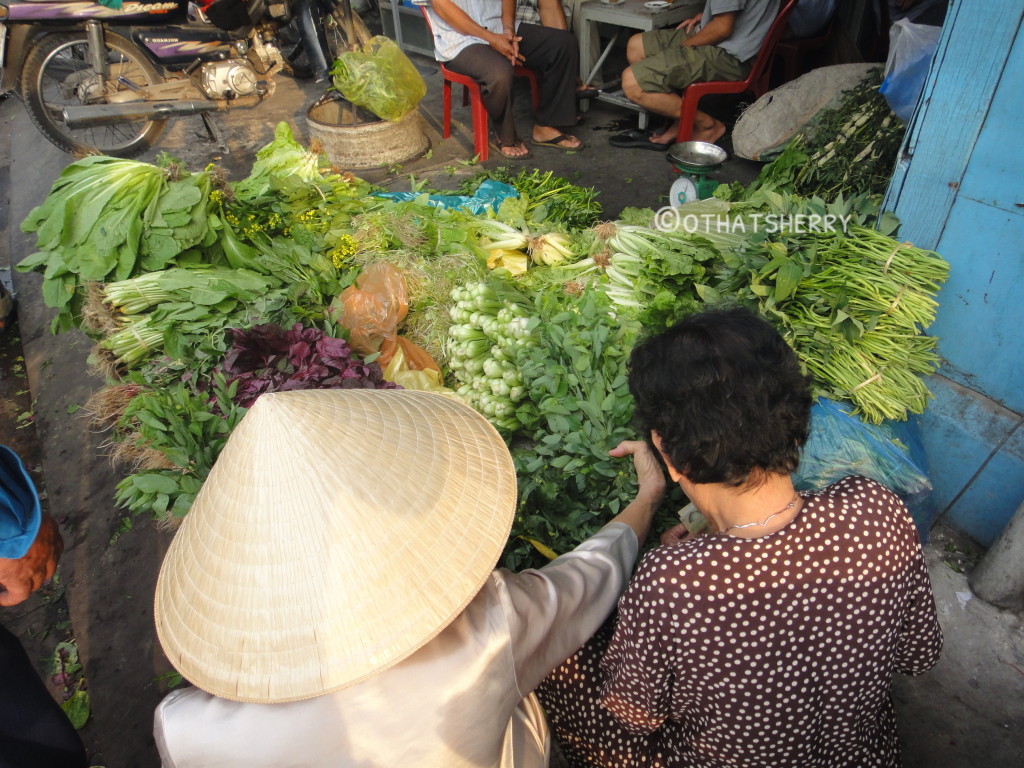When it comes to the best one plus one, Baba Nyona — the mix of Chinese and Malaysian culture, cuisine is a hard one to beat. In addition to an impressive long list of Mee (see previous post), there are also an array of delicate, colorful sweet rice cakes Kuih for dessert.
The word Kuih(粿)came from the Chinese, but the Nyona version incorporates local ingredients such as coconut milk and pandan leaves. Coconut milk adds an exotic sweetness and pandan leaves, a herbaceous tropical plant with long green leaves commonly found throughout Southeast Asia, lend a unique taste and aroma to the foods. And when used in cakes and desserts, padan paste turns the sweets vivid green.
From layered pink-and-white Kuih Lapis to dual-layered Seri Muka (padan custard on top, steamed glutinous rice on the bottom) to tube-shaped Kuih Ketayap (pandan crepe wrapped around dark brown coconut filling), these chewy, bite-sized snacks will make you think twice about dismissing glutinous rice.
Another must-try is Cendol, a drinkable, soup-like dessert that soaks green jelly noodles (the green color comes from pandan paste) in coconut milk and palm sugar.
But all in all, my ultimate favorite dessert is red bean shaved ice. Known as Ice (Ais) Red Bean (Kachang) in Penang, and ABC (Ais Batu Campur or mixed ice) in the remaining Malaysia, the dish comprises of shaved ice topped with brown sugar syrup, red beans, various types of jelly and other dressings like ice cream or corn kernels.
My fondness for the dessert derives not from taste (because frankly, this version pales in comparison to Taiwanese-style shaved ice), but sentimentality for the 2010 romantic comedy “Ice Kachang Puppy Love” (《初戀紅豆冰》).

